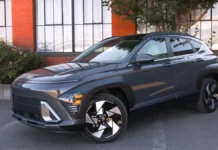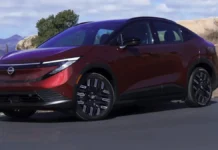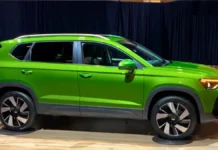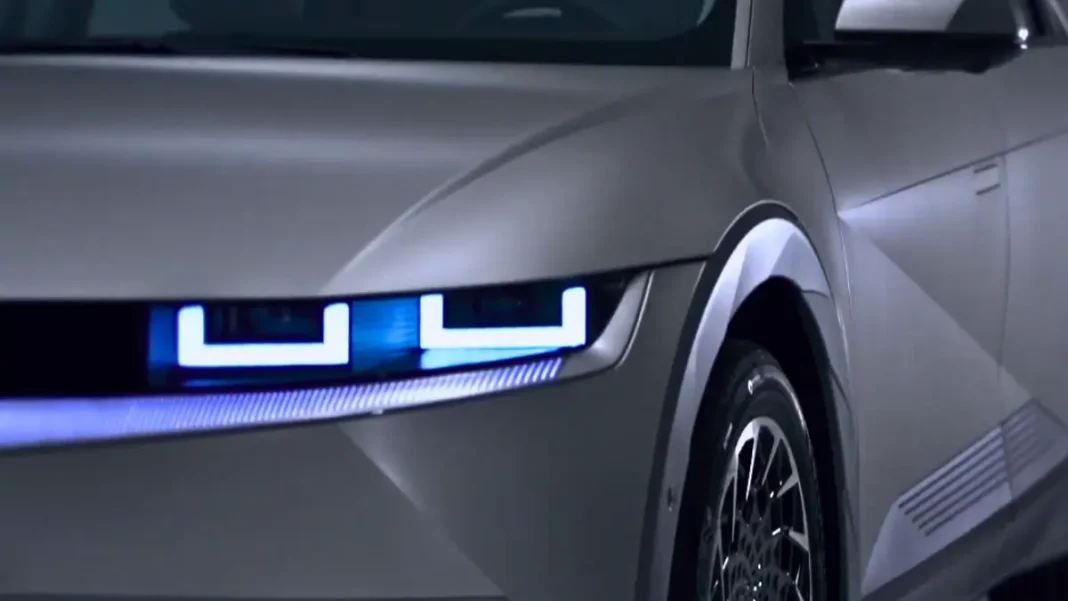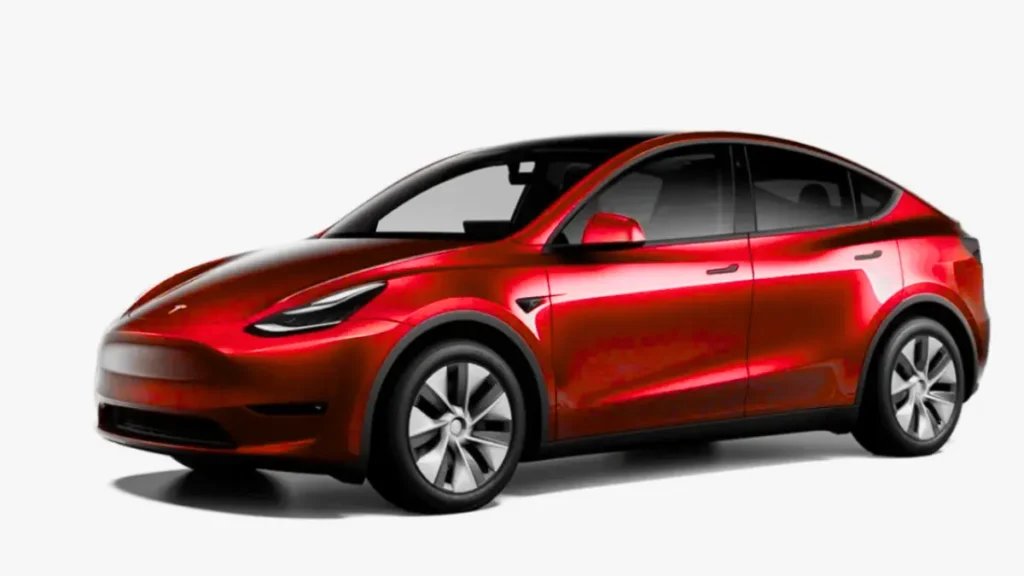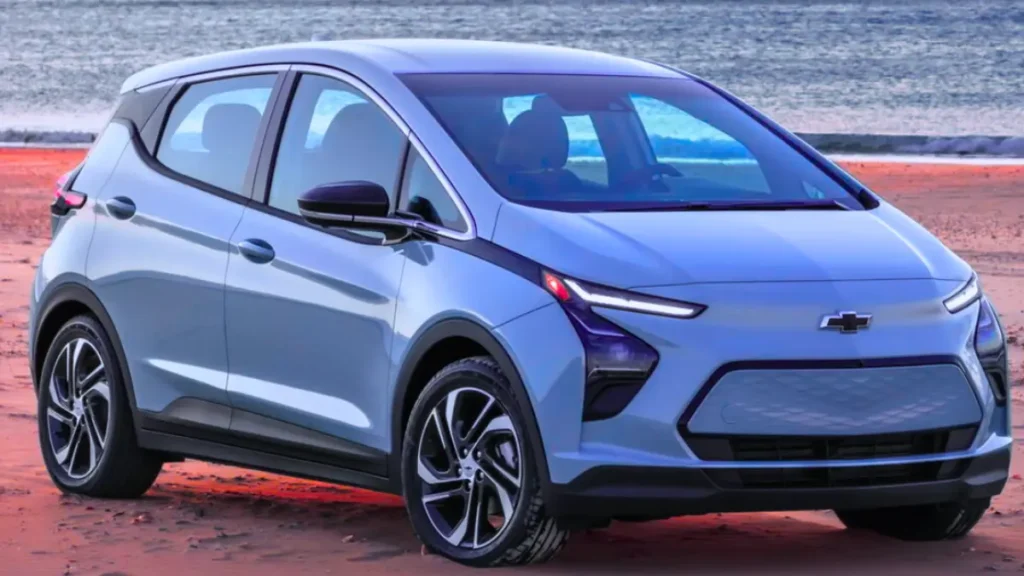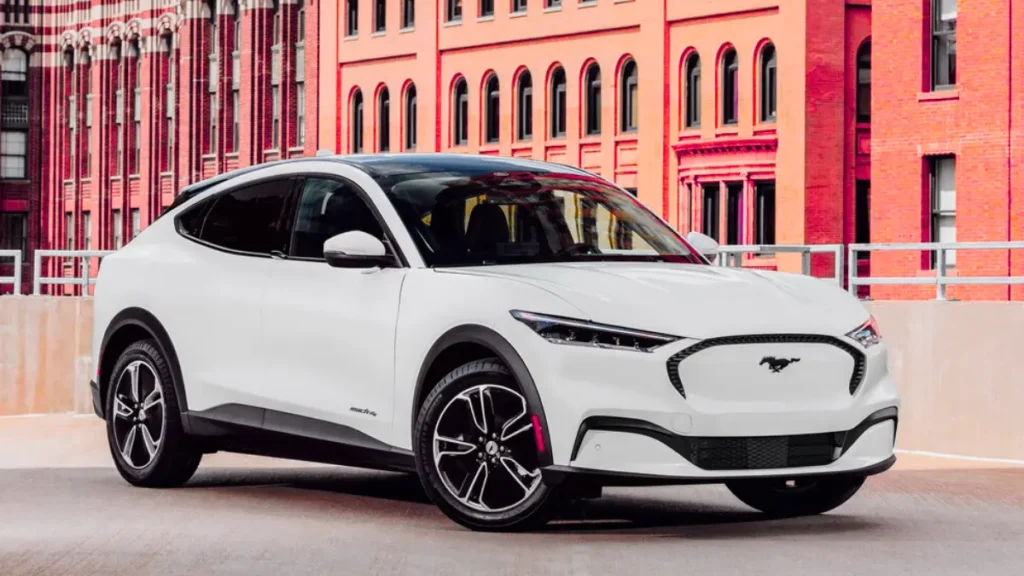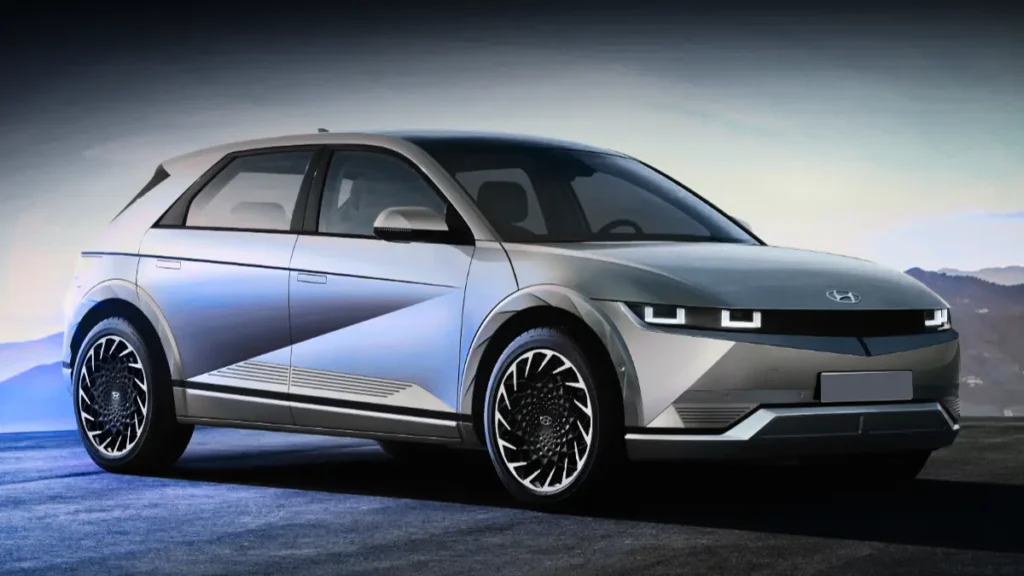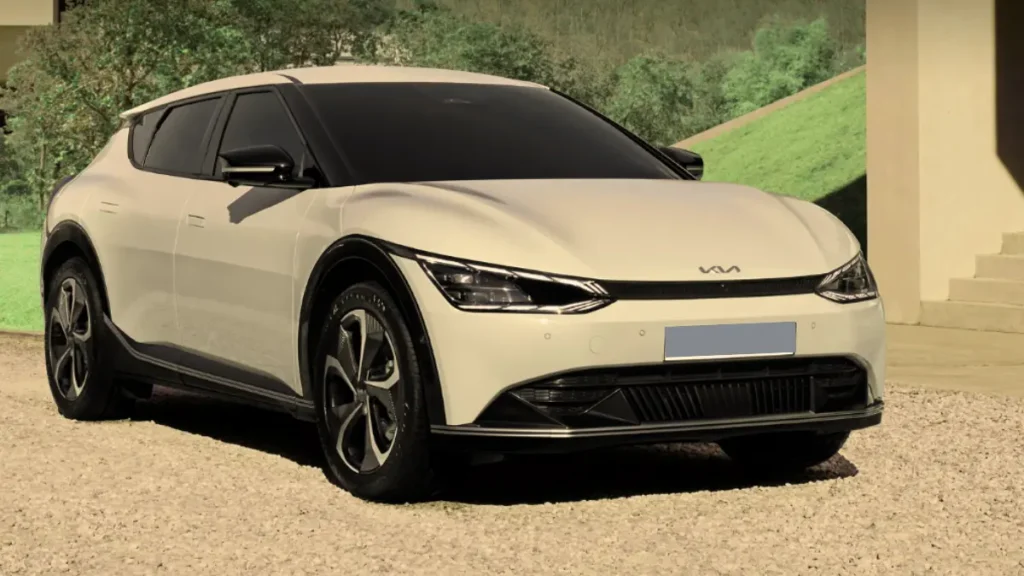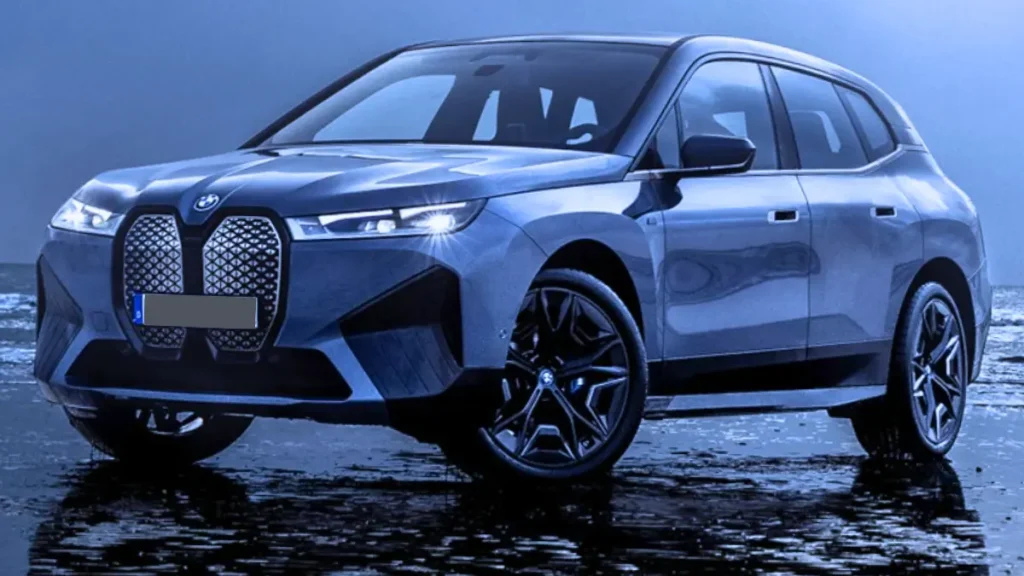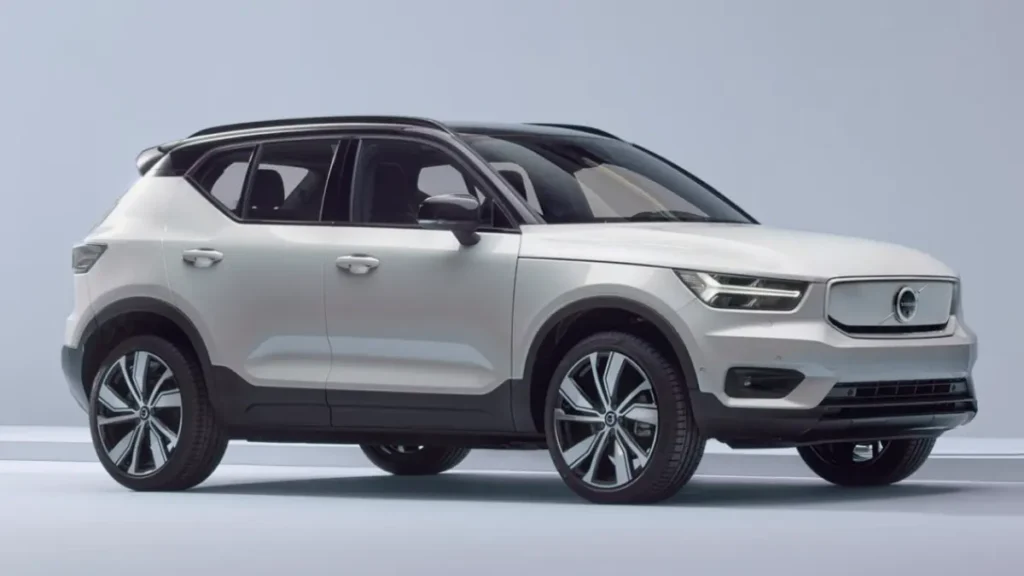The best electric cars for seniors combine advanced safety features, comfortable accessibility, and user-friendly technology to meet the unique needs of older drivers in 2025. With rising fuel costs and increasing environmental awareness, more seniors are discovering that electric vehicles offer practical benefits that perfectly align with their lifestyle priorities.
Electric vehicles have transformed from niche technology to mainstream transportation solutions. For seniors especially, EVs provide quiet operation, reduced maintenance hassles, and enhanced safety features that make driving more enjoyable and less stressful.
Table of contents
- Why Electric Vehicles Are Perfect for Senior Drivers
- Essential Features Seniors Should Look for in Electric Cars
- Top 7 Best Electric Cars for Seniors in 2025
- Senior-Specific Electric Car Comparison Guide
- How to Choose the Right Electric Car for Your Needs
- Setting Up Your Electric Car for Senior-Friendly Use
- Final Thought
- Best Electric Cars for Seniors FAQs
Why Electric Vehicles Are Perfect for Senior Drivers
Low Maintenance Requirements
Electric cars eliminate many traditional automotive headaches that burden older drivers. Unlike gasoline vehicles, EVs don’t require oil changes, spark plug replacements, or complex transmission repairs.
Furthermore, electric motors contain fewer moving parts than conventional engines. This translates to dramatically reduced maintenance schedules and fewer unexpected breakdowns that can disrupt daily routines.
Most importantly, maintenance costs become predictable. Seniors can budget effectively knowing that their primary expenses will be tire rotation, brake pad replacement, and annual inspections.
Quiet and Smooth Operation
The whisper-quiet nature of electric motors creates a serene driving environment that many seniors find therapeutic. Road noise becomes more noticeable, allowing drivers to better hear emergency vehicles and navigate safely.
Additionally, electric vehicles provide smooth acceleration without jarring gear shifts. This eliminates the jerky movements that can be uncomfortable for seniors with joint sensitivity or mobility concerns.
The absence of engine vibration also reduces fatigue during longer drives, making electric cars ideal for seniors who enjoy road trips or have medical appointments in distant locations.
Enhanced Safety Features
Modern electric vehicles come equipped with advanced driver assistance systems that act as co-pilots for senior drivers. These features include automatic emergency braking, which can prevent collisions when reaction times may be slower.
Moreover, blind spot monitoring systems provide visual and audible alerts when vehicles enter danger zones. This technology compensates for reduced peripheral vision that naturally occurs with aging.
Lane keeping assist gently guides vehicles back into proper position, reducing the risk of dangerous lane departures. These systems work silently in the background, providing peace of mind without overwhelming the driver.
Cost Benefits for Fixed Incomes
Electricity costs significantly less than gasoline, providing substantial savings for seniors living on fixed incomes. Most electric car owners report cutting their fuel expenses by 60-80% compared to traditional vehicles.
Beyond fuel savings, electric vehicles qualify for federal tax credits up to $7,500, plus additional state and local incentives. Many utility companies also offer special rates for EV charging during off-peak hours.
Insurance costs for electric vehicles are often comparable to or lower than conventional cars, especially when factoring in safety feature discounts that many insurers provide.
Essential Features Seniors Should Look for in Electric Cars
Easy Entry and Exit Design
The ideal electric car for seniors features a higher seating position that eliminates the need to lower oneself into or climb out of the vehicle. This design reduces strain on knees, hips, and back muscles.
Wide door openings provide ample space for entering and exiting, especially important for seniors using mobility aids or dealing with arthritis. Look for doors that open to at least 70 degrees for optimal accessibility.
Grab handles positioned strategically throughout the interior offer additional support during entry and exit. The best senior-friendly EVs include multiple grab points both inside and outside the vehicle.
Intuitive Controls and Display Systems
Large, high-contrast displays with adjustable brightness help seniors with vision changes read important information clearly. The best electric cars feature screens at least 10 inches diagonal with simple, uncluttered interfaces.
Physical buttons for essential functions like climate control, hazard lights, and radio volume eliminate the need to navigate complex touchscreen menus while driving. This hybrid approach balances modern technology with familiar controls.
Voice command systems allow seniors to adjust settings, make phone calls, or get directions without taking their hands off the steering wheel or eyes off the road.
Comfort and Accessibility Features
Heated and ventilated seats provide therapeutic benefits for seniors dealing with arthritis or circulation issues. These features also reduce the need for heavy clothing in winter or excessive air conditioning in summer.
Power-adjustable seats with memory settings ensure optimal driving position every time. Look for at least 8-way power adjustment including lumbar support customization.
Excellent visibility from all angles becomes crucial as peripheral vision naturally decreases with age. The best senior-friendly EVs feature large windows, thin pillars, and strategic mirror placement.
Safety and Driver Assistance Technology
Automatic parking assistance takes the stress out of parallel parking and tight spaces. This feature uses sensors and cameras to guide the vehicle into parking spots while the driver controls only the brake and accelerator.
Adaptive cruise control maintains safe following distances automatically, reducing fatigue during highway driving. Advanced systems can even bring the vehicle to a complete stop in traffic jams.
Lane keeping assist provides gentle steering corrections to prevent unintentional lane departures. This technology works particularly well for seniors who may experience momentary attention lapses.
Post You May Find Useful
- ·Top Electric SUVs for Elderly Drivers: A Senior-Friendly Guide
- ·The Best small electric cars for city driving in the US Market
- ·How to Select the Perfect Electric Car Rental for Your Travel Needs
Top 7 Best Electric Cars for Seniors in 2025
Tesla Model Y – Best Overall Senior-Friendly EV
The Tesla Model Y stands out as the most comprehensive electric vehicle for seniors, combining cutting-edge technology with practical accessibility features.
| Feature | Benefit for Seniors |
|---|---|
| High seating position | Easy entry/exit |
| Large touchscreen | Clear visibility |
| Autopilot features | Reduced driving stress |
| Over-the-air updates | Always current safety features |
With a range of 330+ miles and starting price of $47,740, the Model Y offers exceptional value. The NHTSA awarded it a 5-star safety rating, while the spacious interior accommodates mobility aids comfortably.
The vehicle’s minimalist interior design reduces confusion, while the large 15-inch touchscreen displays information clearly. Tesla’s Supercharger network provides the most reliable public charging infrastructure nationwide.
Chevrolet Bolt EUV – Most Affordable Option
The Chevrolet Bolt EUV delivers senior-friendly features at an accessible price point, making electric driving available to more older adults.
Starting under $28,000 after federal incentives, the Bolt EUV offers 247 miles of range and a spacious interior design. The higher seating position compared to the standard Bolt makes entry and exit significantly easier.
Simple control layout emphasizes physical buttons for climate and radio functions. The 10.2-inch touchscreen provides clear graphics without overwhelming complexity.
Chevrolet’s excellent warranty coverage includes 8 years/100,000 miles on the battery system, providing long-term peace of mind for senior buyers.
Ford Mustang Mach-E – Best Traditional Feel
Ford designed the Mustang Mach-E to feel familiar to drivers accustomed to traditional vehicles, easing the transition to electric driving.
The interior features a balanced mix of physical buttons and touchscreen controls. Climate adjustment remains intuitive with dedicated knobs, while the 15.5-inch screen handles entertainment and navigation.
With 314 miles of range and Ford’s extensive dealer network, the Mach-E provides convenience and reliability. The comfortable ride quality makes longer trips pleasant for senior passengers.
Ford’s Co-Pilot360 suite comes standard, including automatic emergency braking, blind spot monitoring, and lane keeping assist.
Hyundai Ioniq 5 – Most Innovative Design
The Hyundai Ioniq 5 reimagines electric vehicle design with senior comfort as a priority. Its ultra-fast charging capability adds 68 miles of range in just 5 minutes.
The flat floor design creates a lounge-like interior with easy movement between seats. Relaxation mode reclines the front seats while playing soothing sounds, perfect for rest stops during long drives.
With 303 miles of range and innovative features like Vehicle-to-Load capability, the Ioniq 5 can power external devices during emergencies or camping trips.
The spacious interior accommodates wheelchairs and mobility scooters when rear seats are folded, making it ideal for seniors with accessibility needs.
Kia EV6 – Best Value for Features
The Kia EV6 shares the Ioniq 5’s excellent platform while offering distinct styling and features that appeal to senior drivers.
Starting at $40,900, the EV6 provides 310 miles of range and ultra-fast charging capabilities. The spacious interior features premium materials and intuitive controls.
Kia’s 10-year/100,000-mile warranty program provides exceptional coverage, while the brand’s improving reputation for reliability gives seniors confidence in their purchase.
The EV6’s advanced safety features include Highway Driving Assist, which maintains speed and position on highways automatically.
BMW iX – Premium Luxury Choice
For seniors seeking luxury and comfort, the BMW iX delivers exceptional refinement with advanced technology integration.
The iX features premium materials throughout, with massage seats and four-zone climate control. The crystal-clear heads-up display reduces the need to look down at dashboard instruments.
With 324 miles of range and BMW’s legendary build quality, the iX provides worry-free luxury transportation. The air suspension adjusts automatically for optimal comfort over various road surfaces.
Advanced parking assistance can remotely park the vehicle using smartphone control, perfect for seniors dealing with tight parking situations.
Volvo XC40 Recharge – Safest Option
Volvo’s reputation for safety excellence continues with the XC40 Recharge, making it ideal for safety-conscious seniors.
The compact SUV format provides easy entry and exit while maintaining excellent visibility. Simple, clean interior design emphasizes functionality over flashiness.
With 223 miles of range, the XC40 Recharge suits seniors who primarily drive locally. Volvo’s excellent customer service and dealer network provide reliable support.
The vehicle includes Pilot Assist, which provides steering, acceleration, and braking assistance on highways, reducing driver fatigue during longer trips.
Senior-Specific Electric Car Comparison Guide
Safety Ratings and Features Comparison
| Model | NHTSA Rating | IIHS Award | Key Safety Features |
|---|---|---|---|
| Tesla Model Y | 5-star | Top Safety Pick | Autopilot, collision avoidance |
| Chevrolet Bolt EUV | 5-star | Top Safety Pick | Automatic emergency braking |
| Ford Mustang Mach-E | 5-star | Top Safety Pick+ | Co-Pilot360 suite |
| Hyundai Ioniq 5 | 5-star | Top Safety Pick | Highway Driving Assist |
| Kia EV6 | 5-star | Top Safety Pick | Smart Cruise Control |
| BMW iX | 5-star | Top Safety Pick+ | Driving Assistant Professional |
| Volvo XC40 Recharge | 5-star | Top Safety Pick+ | Pilot Assist |
Accessibility and Comfort Rankings
When evaluating electric cars for senior-friendly features, several models stand out for their accessibility design.
The Tesla Model Y and Hyundai Ioniq 5 lead in entry/exit ease due to their optimal seat height and wide door openings. Both vehicles require minimal bending or climbing.
For control simplicity, the Chevrolet Bolt EUV and Ford Mustang Mach-E score highest with their retention of physical buttons for essential functions.
Visibility assessments favor the Volvo XC40 Recharge and BMW iX, which feature large windows and thin pillars for excellent sightlines.
Cost Analysis for Senior Budgets
Purchase prices vary significantly among senior-friendly electric vehicles, but total ownership costs tell a different story.
The Chevrolet Bolt EUV offers the lowest entry price at approximately $28,000 after incentives. However, the Tesla Model Y provides better long-term value through superior range and charging network access.
Insurance costs remain relatively consistent across models, with slight premiums for luxury vehicles like the BMW iX. Many insurers offer discounts for advanced safety features, reducing overall costs.
Maintenance expenses favor all electric vehicles over gasoline alternatives, with potential savings of $1,000-$2,000 annually depending on driving habits.
Range and Charging Considerations
Daily driving needs for most seniors rarely exceed 50 miles, making even the shortest-range electric vehicles suitable for typical use.
Home charging setup requires Level 2 installation for optimal convenience. This typically costs $500-$1,500 depending on electrical panel proximity and local labor rates.
Public charging accessibility continues improving, with networks like Electrify America and ChargePoint expanding rapidly. Tesla’s Supercharger network remains the most reliable option for long-distance travel.
How to Choose the Right Electric Car for Your Needs
Assessing Your Driving Habits
Begin by tracking your daily mileage for one month to understand actual driving patterns. Most seniors discover they drive less than anticipated, making shorter-range EVs viable options.
Consider your typical trip distances and frequencies. If you regularly drive more than 200 miles per day, prioritize vehicles with longer range capabilities.
Evaluate your long-distance travel needs. Seniors who frequently visit family or take road trips should prioritize charging network access and fast-charging capabilities.
Physical Considerations and Limitations
Mobility requirements significantly influence electric car selection. Seniors using mobility aids need vehicles with low step-in height and wide door openings.
Vision considerations include display brightness, control size, and overall visibility. Schedule test drives during different lighting conditions to assess comfort levels.
Hand strength and dexterity affect control usability. Test all buttons, switches, and touchscreen functions during dealer visits to ensure comfortable operation.
Budget Planning and Financing Options
Calculate total cost of ownership including purchase price, insurance, maintenance, and charging costs. Electric vehicles often cost less over time despite higher initial prices.
Research available senior discounts and incentives. Many manufacturers offer special financing rates for qualified seniors, while some areas provide additional rebates.
Consider lease versus purchase options carefully. Leasing may provide lower monthly payments but eliminates federal tax credit benefits that purchasers receive.
Test Driving Tips for Seniors
Schedule extended test drives of at least 30 minutes to fully evaluate comfort and features. Short dealer lot drives don’t reveal important comfort factors.
Focus on entry/exit ease, seat comfort, control accessibility, and visibility during test drives. These factors impact daily driving satisfaction more than performance specifications.
Bring a trusted family member or friend for objective feedback. They can observe your interaction with the vehicle and provide valuable insights.
Setting Up Your Electric Car for Senior-Friendly Use
Optimizing Controls and Settings
Begin by adjusting seat position for optimal comfort and visibility. Set mirrors carefully to minimize blind spots and reduce head movement requirements.
Customize display brightness for various lighting conditions. Most electric vehicles allow separate day and night brightness settings for optimal visibility.
Set up voice commands for frequently used functions like climate control, radio, and navigation. This reduces the need to operate touchscreen controls while driving.
Installing Home Charging Solutions
Choose Level 2 charging equipment rated for outdoor use if installing in exposed locations. This typically provides 25-40 miles of range per hour of charging.
Consider smart charging features that can schedule charging during off-peak rate hours. This can reduce charging costs by 30-50% in many areas.
Ensure proper safety measures including GFCI protection and professional installation. Electrical work should always be performed by licensed electricians.
Learning Advanced Safety Features
Spend time in parking lots practicing with driver assistance systems before using them in traffic. Understanding system limitations prevents over-reliance on technology.
Customize alert settings to match your preferences. Some seniors prefer more frequent warnings, while others find excessive alerts distracting.
Keep systems updated through regular software updates. Many electric vehicles update automatically, but some require manual initiation.
Maintenance Schedule and Service Planning
Create maintenance reminders for tire rotation, brake inspections, and cabin air filter replacement. These services typically occur every 6-12 months.
Identify qualified service centers in your area. Not all mechanics service electric vehicles, so research certified repair facilities beforehand.
Understand warranty coverage thoroughly. Electric vehicle warranties often differ significantly from traditional car warranties, especially regarding battery systems.
Final Thought
Electric vehicles represent the future of senior-friendly transportation, offering quiet operation, reduced maintenance, and enhanced safety features that improve quality of life for older drivers. The seven vehicles highlighted in this guide each provide unique advantages for different senior needs and budgets.
The Tesla Model Y leads overall with its combination of technology, safety, and charging infrastructure. However, the Chevrolet Bolt EUV offers excellent value for budget-conscious seniors, while the BMW iX provides luxury features for those seeking premium comfort.
Before making final decisions, we recommend test driving multiple vehicles and consulting with family members who can provide objective feedback. Consider your specific needs, budget constraints, and long-term mobility plans when selecting your ideal electric vehicle.
Take advantage of current federal incentives and local rebates that can reduce purchase prices significantly. With proper research and planning, you can find an electric vehicle that enhances your driving experience while providing years of reliable, comfortable transportation.
Best Electric Cars for Seniors FAQs
- What are the best electric cars for seniors?
The best electric cars for seniors are those that provide ease of driving, comfort, safety features, and low maintenance. Popular choices include the Nissan Leaf, Chevrolet Bolt, and Tesla Model 3. - Are electric cars easy to drive for seniors?
Yes, many electric cars have features that make them senior-friendly, including automatic transmission, smooth acceleration, and advanced safety features. - What features should seniors look for in an electric car?
Seniors should prioritize comfort, user-friendly controls, good visibility, easy entry/exit, safety features (e.g., adaptive cruise control, parking assist), and low-maintenance options. - Are electric cars safe for older adults?
Yes, many electric cars come equipped with advanced safety features, such as lane-keeping assistance, emergency braking, and collision warnings, which make them safer for seniors. - How long do electric car batteries last?
On average, electric car batteries last between 8-15 years, depending on usage and maintenance. Many manufacturers offer warranties for up to 8 years.




